Do you see a rabbit or a duck? Find out your personality type with these tests
The quest to understand the intricacies of human personality has long been an intriguing endeavour. From the pioneering works of Freud to the modern psychometric assessments, psychologists have employed various tools and techniques to unravel the mysteries of what makes each of us unique.
Among these methods, the use of visual stimuli has emerged as a captivating one, offering unique insights into how individuals perceive themselves and interact with the world around them.

How does the test work?
Content creator and clinical psychologist Maimon Manukyana, proposes a simple yet intriguing test to understand whether a person is an introvert, extrovert, or an ambivert. In her recent Instagram reel, she says, “This is the easiest test to determine if you are an introvert or extrovert.”
She follows it up with an image, asking viewers to look at it and understand what they perceive. A butterfly, two moons, or two faces — each interpretation purportedly unveils distinct personality traits, shedding light on the inner workings of the mind. But, beneath the surface of this seemingly straightforward test lies a complex interplay of perception, cognition, and personality dynamics.
View this post on Instagram
A post shared by Maia Manukian (@maia.manukian)
Dr Sravani Reddy G, founder and CEO, Soprav Healthcare Consulting, says, “Visual stimuli in tests like the one described by Manukyana operate on several psychological principles. These tests often rely on the idea that individuals project their inner thoughts, feelings, and personality traits onto ambiguous stimuli.”
For example, she explains, introverts might be drawn to quieter, more subdued images, while extroverts may prefer vibrant and socially stimulating visuals. Ambiverts might have a mixed response, showing interest in both types of images. Additionally, these tests may tap into unconscious processes, such as emotional associations and cognitive biases, to reveal underlying personality traits.
How reliable and valid are image-based tests for assessing personality traits?
Celebrity life coach, Prasidhi Aneja, elaborates, “When it comes to comparing image-based tests with traditional methods like questionnaires or interviews for understanding personality, psychologists have some reservations.”
Image-based tests can be cool and creative, she continues, but they’re not always as reliable or valid as the traditional methods. This is because things like picking the right images and interpreting them can be tricky and might not always give a clear picture of someone’s personality.
On the other hand, celebrity psychologist Raashi Guranani believes that the questionnaires and interviews have been around for a while and are pretty reliable and valid because they’ve been tested and fine-tuned over time. “They give structured ways to understand someone’s personality traits. So, while image-based tests can be fun to try, psychologists often lean towards the tried-and-true methods for getting a better handle on someone’s personality.”
Dr Reddy adds, “While visual stimuli offer unique insights into personality by tapping into non-verbal and unconscious processes, they may also be subject to interpretation bias and lack standardisation. Self-report questionnaires and clinical interviews are more established methods with well-documented reliability and validity measures.”
Types of visual tests
Visual tests and stimuli are commonly used in psychology to assess personality traits, cognitive abilities, and emotional states. Here are a few examples along with brief interpretations, as provided by celebrity psychologist Raashi Guranani:
| Rorschach Inkblot Test: This famous test involves showing individuals a series of symmetrical inkblots and asking them what they see. Responses are then analysed to gain insights into personality characteristics and emotional functioning. | 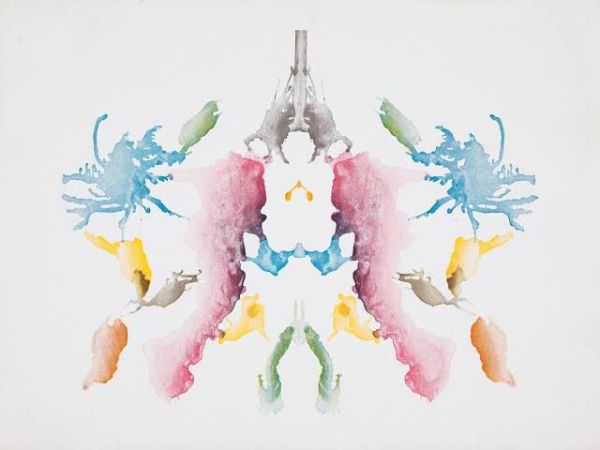 |
Responses to inkblots can vary widely and are interpreted based on factors such as the form, colour, and location of perceived objects. For example, seeing a butterfly might suggest a focus on beauty and transformation, while seeing a monster might indicate feelings of fear or aggression. |
| Thematic Apperception Test (TAT): In this test, individuals are shown a series of ambiguous pictures and asked to tell a story about each one. Their responses reveal underlying motivations, conflicts, and personality traits. | 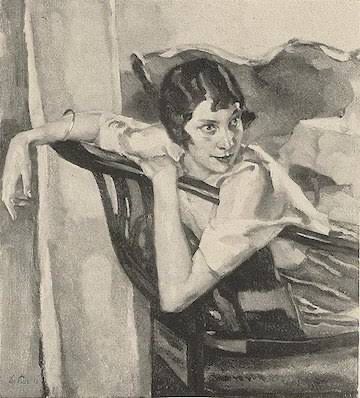 |
Interpretation: Responses to TAT images are analysed for themes, character motivations, and emotional content. For example, someone might interpret the image as a person feeling isolated and longing for connection, reflecting feelings of loneliness or social withdrawal. |
| Embedded Figures Test: This test measures an individual’s ability to locate simple shapes hidden within complex designs. It assesses cognitive functions such as attention to detail and visual processing skills. | 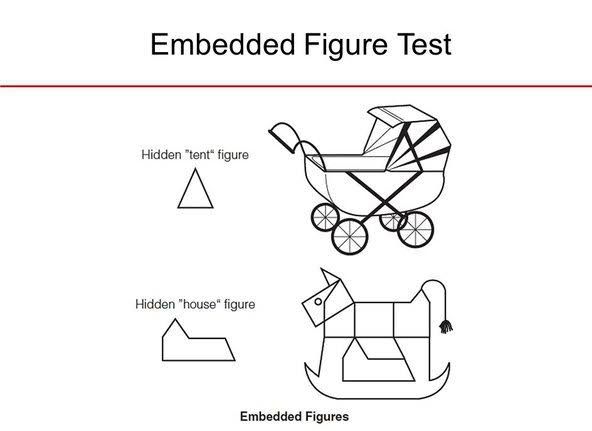 |
The time taken and accuracy in identifying the hidden shapes can provide insights into cognitive processing styles. For example, quickly spotting the hidden shapes might indicate strong attention to detail and analytical thinking, while taking longer could suggest a more holistic or global processing style. |
Take the test and find out more about yourself!
Here’s another test you can try out, provided by Dr Sravani Reddy G, Founder & CEO, Soprav Healthcare Consulting:
| Image | Interpretation |
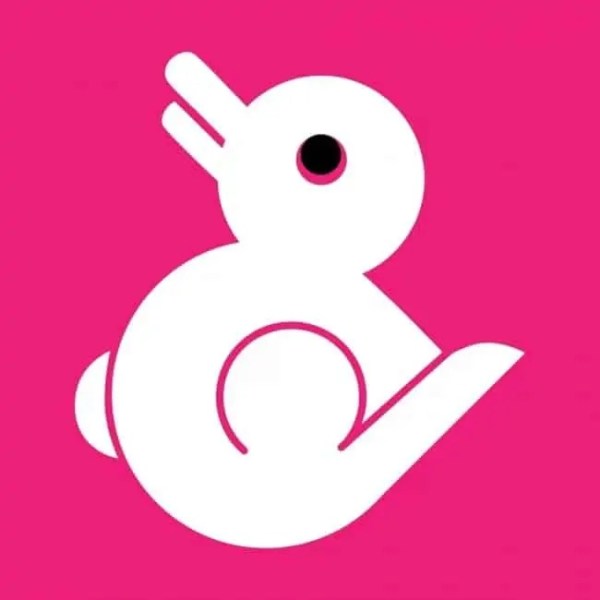 |
Do you see a rabbit or a duck?
If you noticed the rabbit first, it suggests you’re someone who prioritises logic. You approach situations thoughtfully, considering potential outcomes before acting. While you’re logical and practical, you’re not devoid of warmth or sensitivity. If your attention was caught by the duck first, it indicates you’re emotionally impulsive. Your moods fluctuate frequently, making you unpredictable to others. You’re often active, rarely resting, and prone to making sudden decisions. |
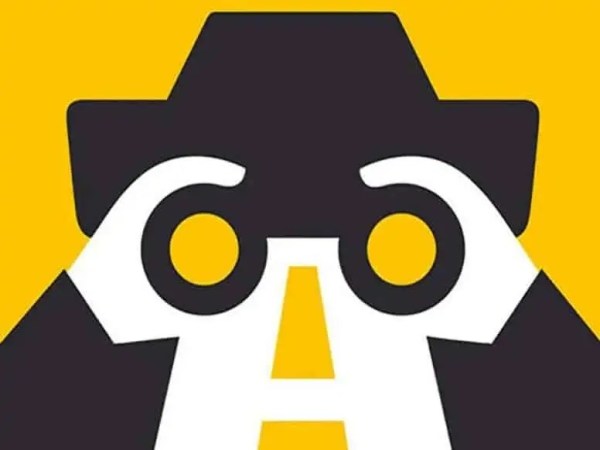 |
Do you see a car or a man with binoculars?
If you spotted the individual with binoculars, it suggests you’re analytical, focusing on the bigger picture rather than minutiae. You thrive on visual learning but should also pay attention to finer details where significant information may lie. If your attention was drawn to the car, it signifies the paramount importance of freedom to you. You cherish your autonomy and avoid compromising it at all costs. A natural adventurer, you relish in exploring and experiencing life fully, living each day on your own terms. |
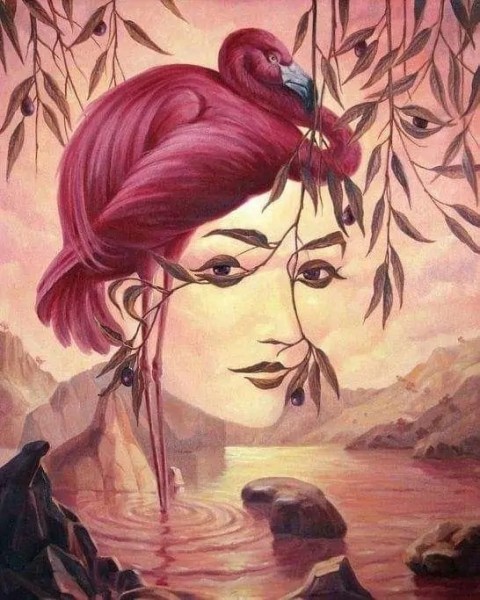 |
D0 you see a woman’s face or the flamingo?
If the woman’s face caught your attention first, you’re likely outgoing and extroverted, influenced by your external environment. Surrounding yourself with accepting and supportive individuals who embrace your true self is vital, rather than subjecting yourself to constant criticism from those who oppose your actions. If your gaze landed on the flamingo initially, you hold freedom in high regard and possess a broad-minded perspective. Restrictions on your autonomy lead to feelings of disappointment and frustration. You believe in second chances and invest wholeheartedly in nurturing relationships. |
Dr Reddy reminds readers that these visual tests provide rich material for self-reflection and exploration of personality traits, offering individuals the opportunity to gain insights into their own thoughts, feelings, and behaviours. “However, it’s important to interpret the results of these tests with caution and consult with trained professionals for a comprehensive understanding.”
Disclaimer: The copyright of this article belongs to the original author. Reposting this article is solely for the purpose of information dissemination and does not constitute any investment advice. If there is any infringement, please contact us immediately. We will make corrections or deletions as necessary. Thank you.
